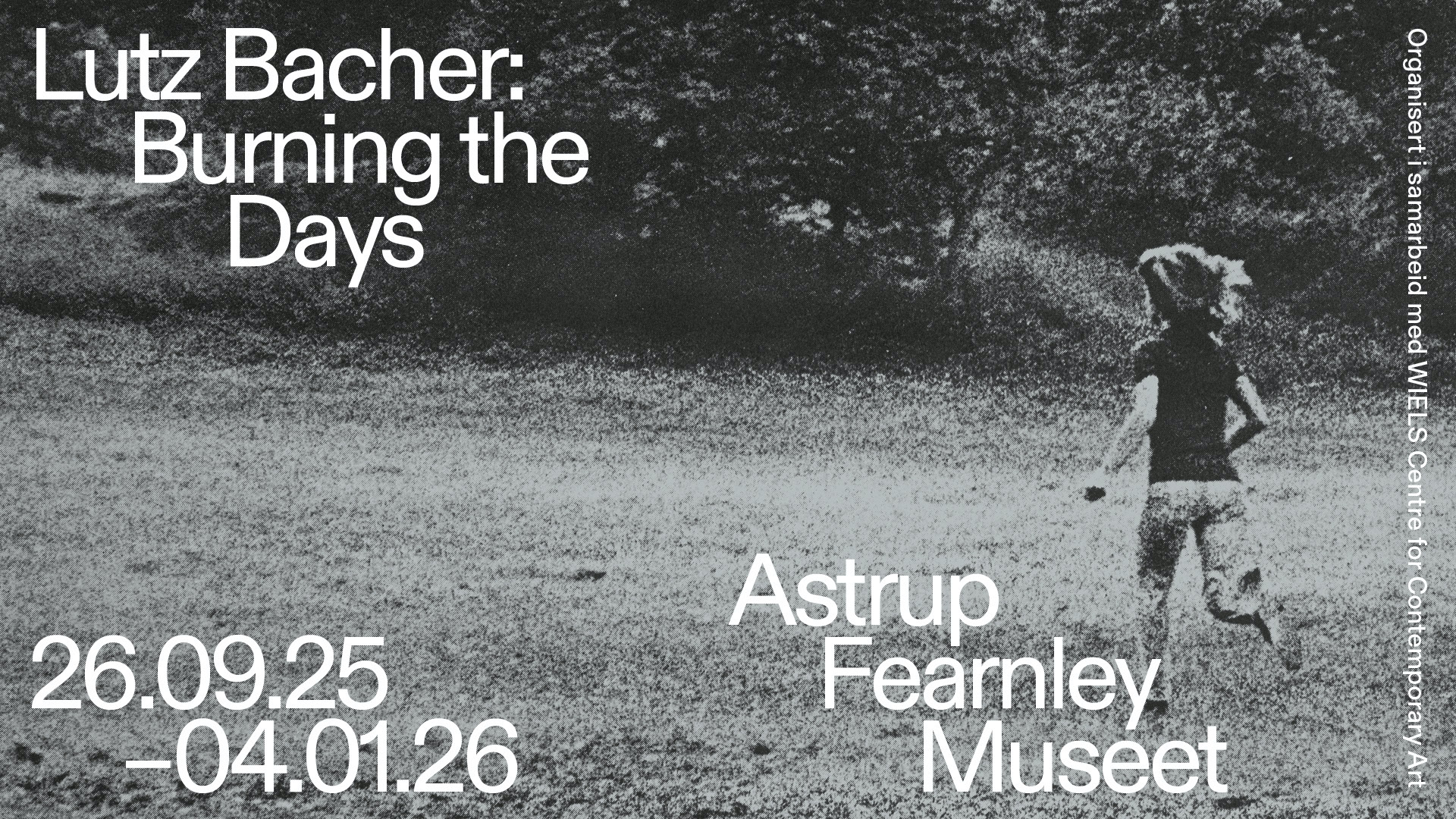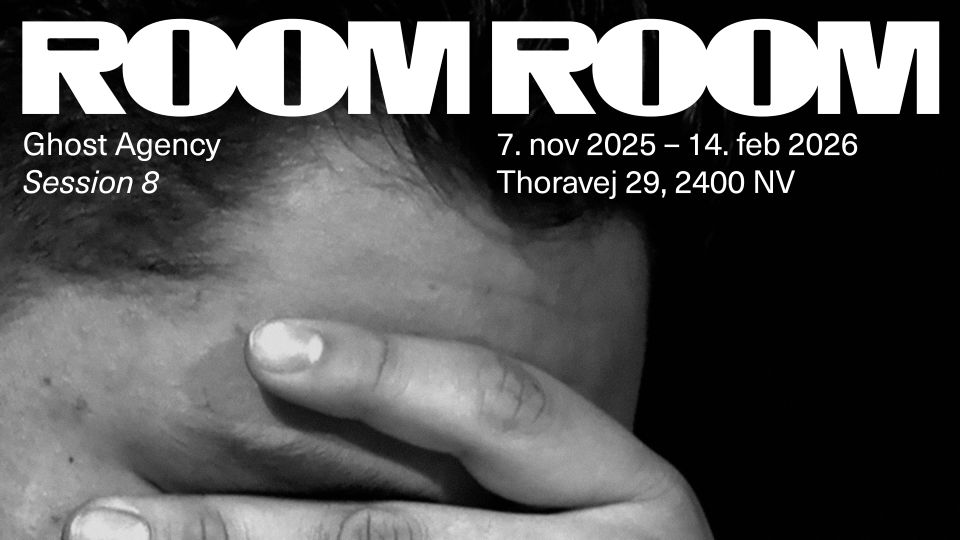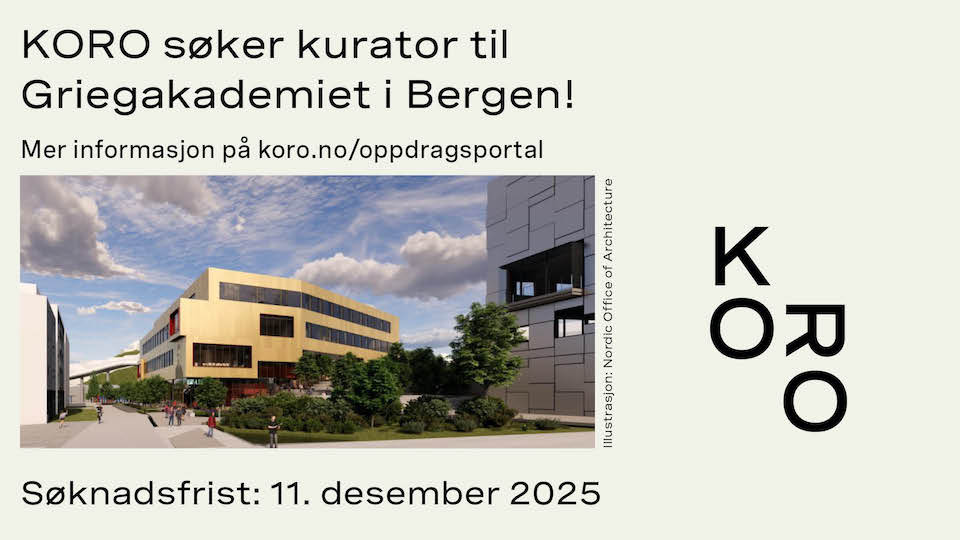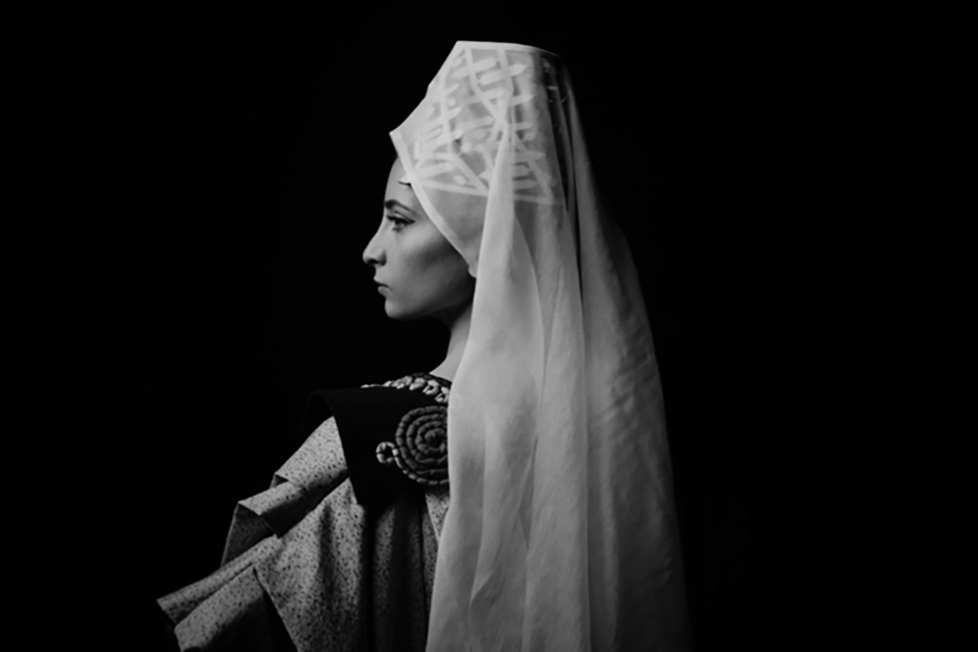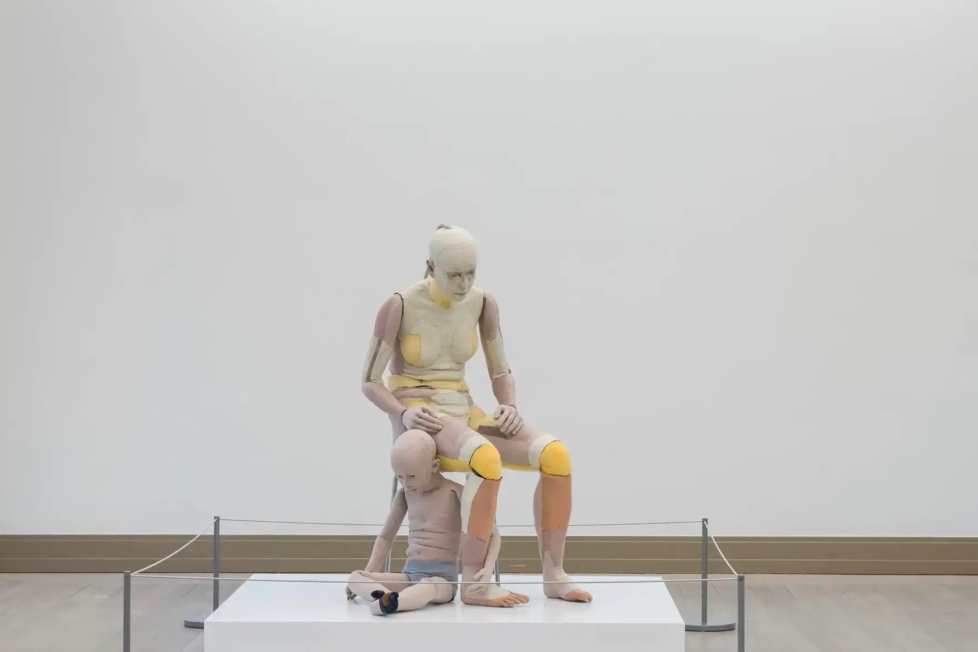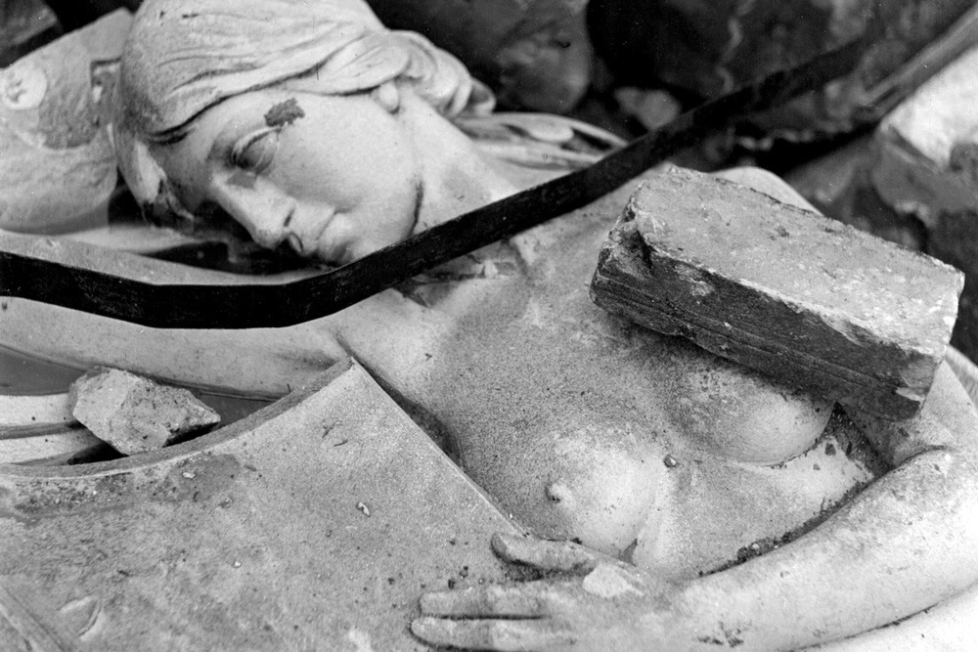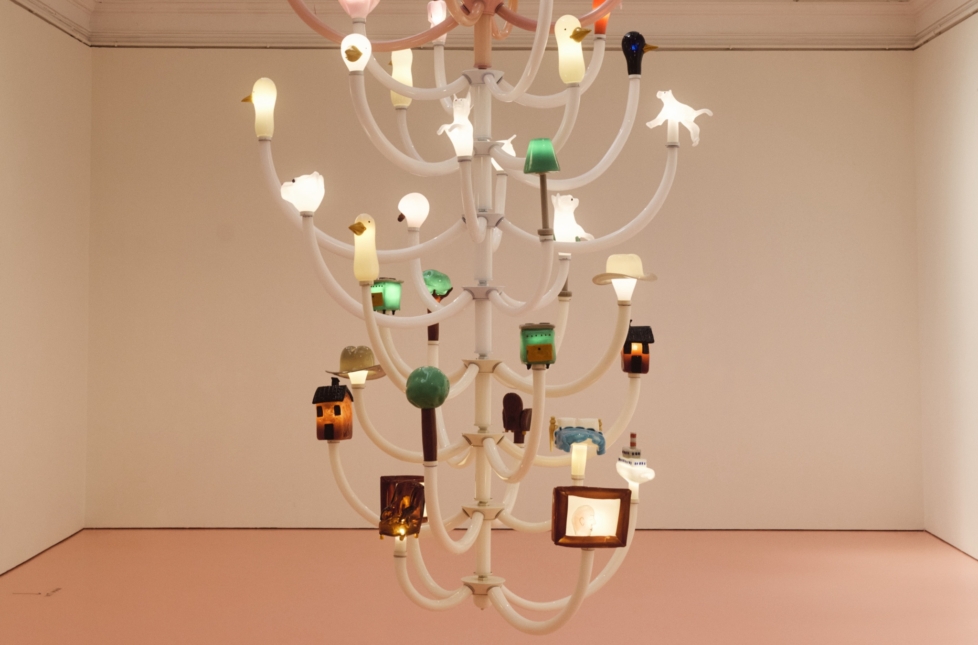
If only we had more space! It’s a nice thought for anyone living in a gentrified city, or in a family, or anywhere really: to be able to spread out. Ruben Rausing (1895–1983), who founded the Swedish food packaging company Tetra Pak, imagined in an article in the newspaper Dagens Nyheter in 1953 that if we simply drained the Öresund, the body of water separating Sweden and Denmark, both Danes and Swedes, and especially their businesses, would become so much more productive. Dollar signs for eyes: think of all the money we could make if we had more space to work and shorter transportation distances. And we wouldn’t have to deal with that miserable sea that is always in the way.
Post Brothers is the pseudonym of Matthew Post, an American curator based in Poland. For the first exhibition of Malmö Konsthall’s 50th anniversary, he has picked up Rausing’s idea in Drain the Öresund, a brutal and poetic entry point into this corner of the world. Isn’t that the best way to regard megalomaniacal ideas about conquering new ground: as mind games, or subjects for artistic contemplation? Not as something that rich and powerful men will get support for if they actually do it. Here’s to hoping (glancing towards Greenland).
The exhibition features fourteen relatively young artists from both sides of Öresund. Hannibal Andersen has painted one of the walls and pillars of the gallery in iconic corporate colours, such as Ikea’s blue and yellow or the pale blue of Maersk. With the pillars highlighted in this way, I get the feeling that it is the Öresund Bridge itself, the crown of the region, piercing the floor of the kunsthalle as a declaration: “this area is hereby claimed for private gain.” Ina Nian draws a line even further back in time when she places nails, anchors, and chains in five smaller aquariums. The work Black Noise (2021) is a few kilos of examples of how the history of Swedish iron is linked to the transatlantic slave trade.
Hammering home the true price of business success is certainly justified. But there is a big void amid these sweeping gestures. Where are the people? The inhabitants – the ones we should be making all the efforts for. Oh, sorry: I forgot the small transparent box filled with mould and fungi of different colours slowly growing next to each other in Infrastructure(2025) by Silas Inoue. But in large parts, the exhibition is void of people or individuals in their own right.
Kåre Frang paints it literally in oversized children’s puzzles Landscapes of Doubt (2022), leaving out the creatures that belong in the landscape. What happened to the seahorse that lived in the sea? Wasn’t there supposed to be a cow in the barn? There is something anaemic about the exhibition, even if the structures of social construction are apparent in all their materialism. The question arises: what would we actually do with all that extra space that a drained Öresund could give us?

Doubt starts creeping in. Not only with regards to the exhibition’s ambition, but about the whole idea of an Öresund region. Is it perhaps nothing more than a partnership between local transportation companies? This is probably entirely deliberate on the part of the curator, but I don’t like being left with nothing but emptiness and doubt. Is that all they wanted to tell me?
Luckily, Vibe Overgaard wants to do more with Industrial Drifter (2025), a wooden frame shaped like the skeleton of a ship. Attached horizontally halfway up the framework are ceramic, empty holders, reminiscent of digital displays without any symbols. The work is wisely placed in the middle of the room with strings pulled through the body of the sculpture from the floor to the ceiling. It reminds me of a large musical instrument or a loom slightly aslant; it is a body that sings. My eyes follow the strings, which have both notes and stories to tell. Overgaard accompanies this central work in the exhibition with two robust smaller works on a nearby wall: elegant wooden frames around a sketchy globe and a corridor, respectively, which elevate the entire exhibition.
Drain the Öresund is about paradoxes. Sweden and Denmark belong together, but are still separated. As Western Europeans, we have all the material surplus we need, but we still want to produce more. With art, we can see through political platitudes, but the world is still going down the drain. As a visitor, I am almost forced to fill the exhibition’s void with proposals for actions for a better world; I am obliged to see my part in it all, my role. But it also leaves room for dreams of the happy beings who could be populating a very different kind of region, filling it with music or puzzles or poems.

